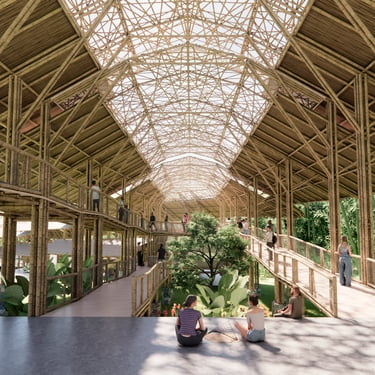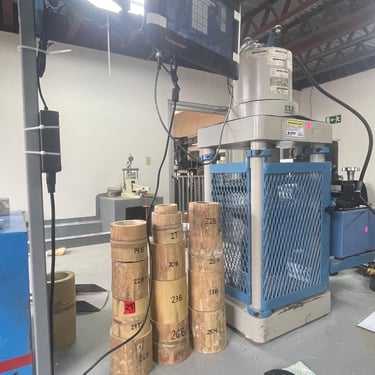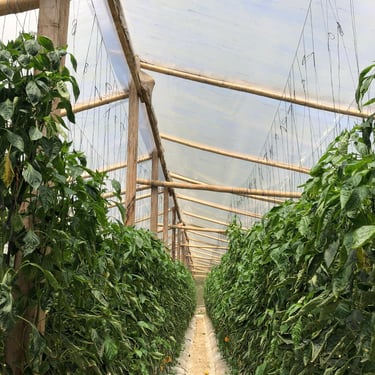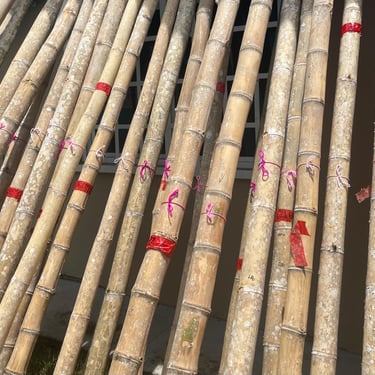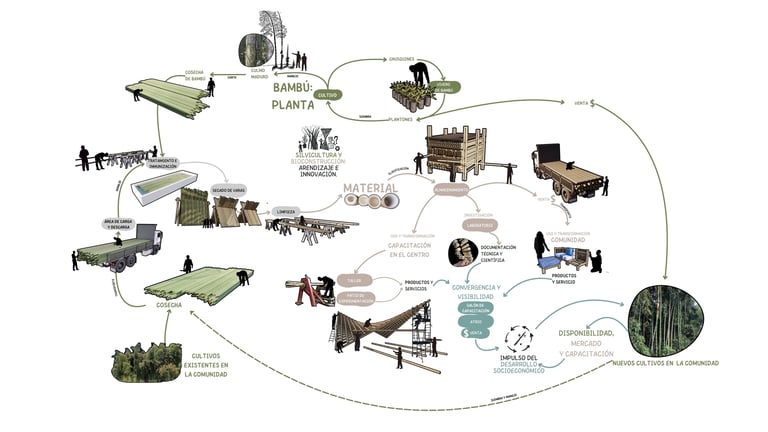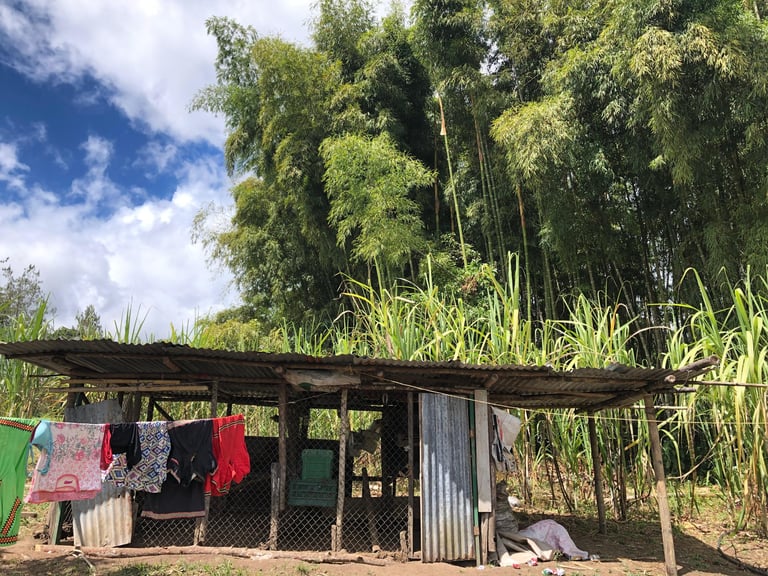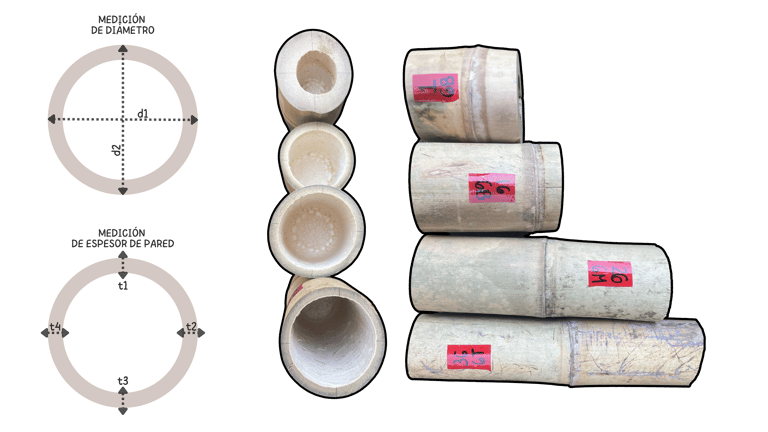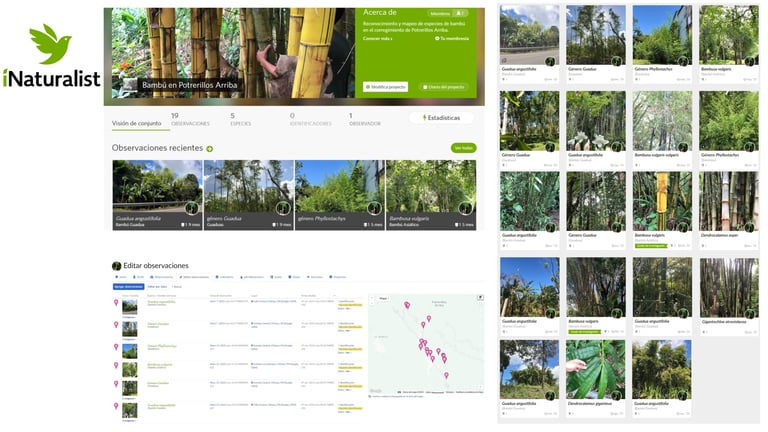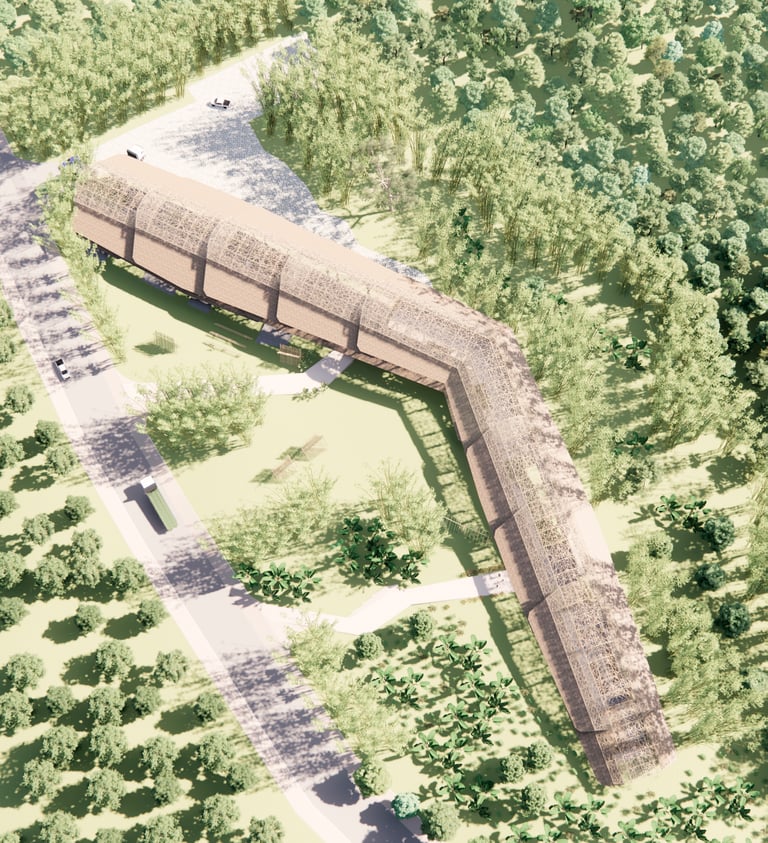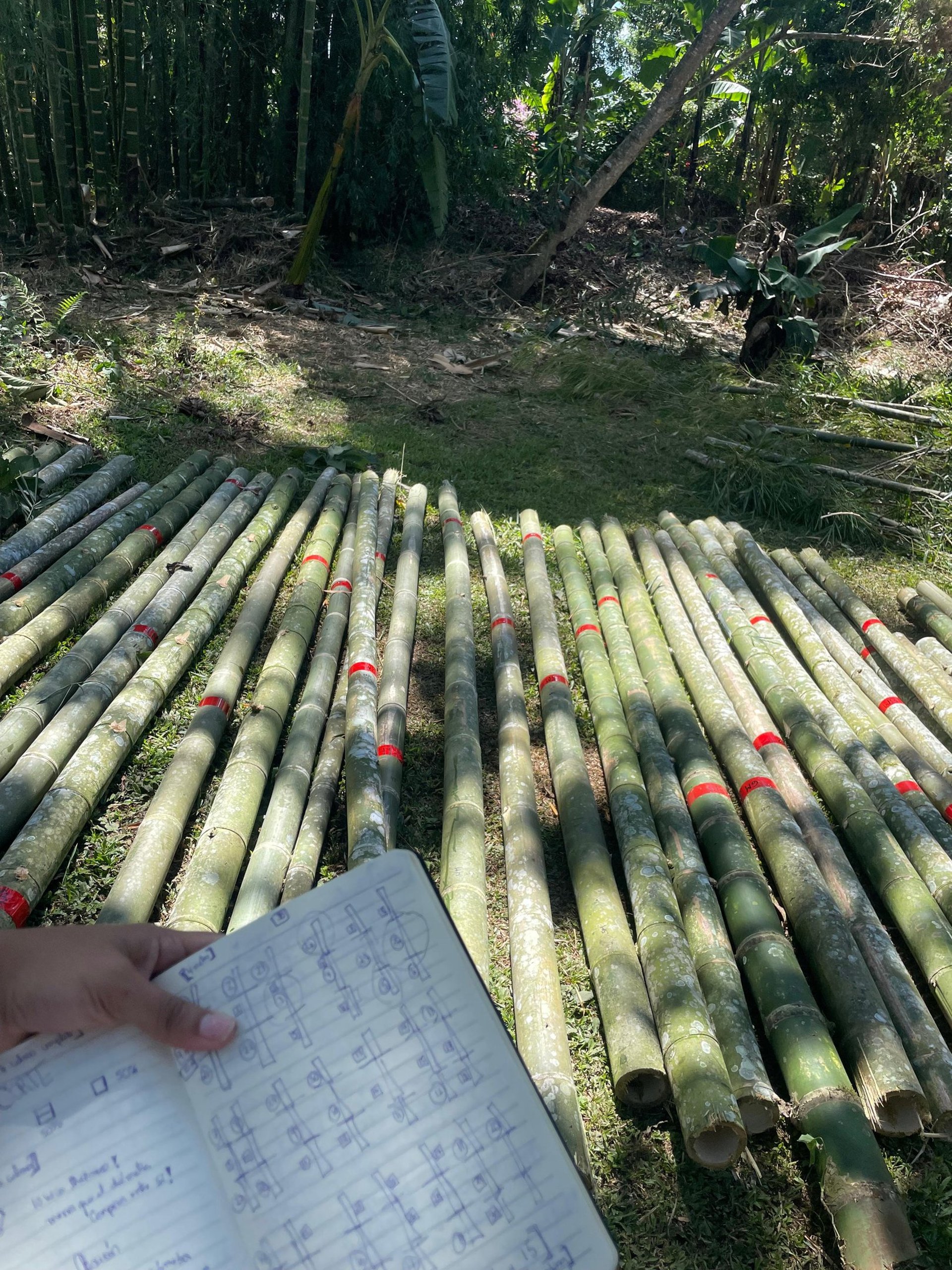
Research and Innovation
We turn research into action: data, prototypes, and processes that strengthen sustainable construction.
Bamboo in Potrerillos:
Faced with the imminent effects of climate change and the challenges we face as a global population, it has become urgent to take better-directed actions regarding our lifestyles and construction methods. Panama positions itself as a carbon-negative country, and while it captures more carbon dioxide than it emits, one reality is often overlooked: construction materials are industrialized in other countries and imported into ours, generating an immeasurable carbon footprint. However, the presence of plant resources such as bamboo in Panama’s biodiversity represents an opportunity to re-materialize architecture through local and minimally processed resources.
By analyzing the progress made in other countries where bamboo-based communities and bioeconomies have been successfully developed, we began to ask ourselves: how is bamboo valued in Panama? After studying it, we identified five scenarios that demonstrate that while initiatives do exist, they are not yet aimed toward a collective goal. There is no point of convergence that fosters cooperation between enthusiasts and professionals, supported by public policy. Many people are unaware of its processes or lose interest, as there is no clear value chain that ensures fair compensation.
To envision a national utilization chain that promotes socioeconomic development, localized action is essential—starting by observing the potential of communities that have already attempted to use this resource. Such is the case of Potrerillos, in Chiriquí, a township with great potential, natural wealth, and hardworking people. This case study seeks to demonstrate how sustainable development can begin at the community level and scale up to the national level through research and specialized training.
The proposal for a Bamboo Bio-construction Training Center aims to promote the valorization and use of bamboo as a local resource. It began with the identification, inventory, and geolocation of bamboo species found in the area. At the same time, interviews and site visits were conducted to analyze the community’s perceptions, needs, and interests. The next and more challenging phase involved the geometric, physical, and mechanical characterization of the Guadua angustifolia species, following ISO 22157 standards, and evaluating its technical capacities.
Based on both qualitative and quantitative studies, along with site analysis and conceptual explorations, a master plan was designed—including built infrastructure and a series of modules adapted to the site’s topography and spatial functions. The project’s living infrastructure integrates the existing forest and garden while proposing a new bamboo plantation.
The result is a refuge for collective learning, a school without walls where the boundaries between the built and the natural blur—spaces shaped by the cycles of bamboo, water, sunlight, and reuse.
Convinced that every trained individual generates a ripple of impact, the center was designed to grow in stages, in harmony with the rhythm of bamboo growth and community knowledge. Training the community means opening the door to a present and future of sustainable living.
Experimentation and proposal for a bio-construction training center
Year: 2025
Research Lead: Jennia Monrroy
Photography:Jennia Monrroy
